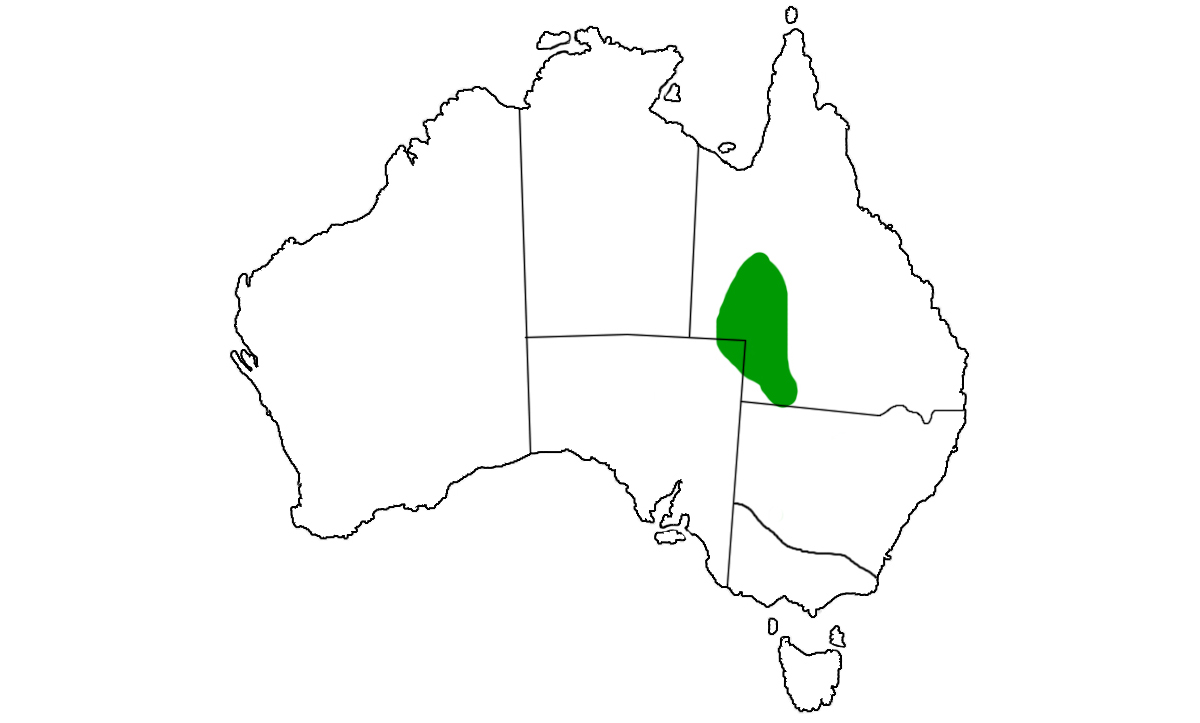Oxyuranus microlepidotus or the Inland Taipan
The world's most toxic snake venom belongs to the animal you are now looking at. It is 50 times more lethal than the venom of the Indian Cobra. An average bite from an adult Inland Taipan is enough to kill 250,000 mice. This venom is strongly neurotoxic and has been shown to produce presynaptic ultrastructural changes in the rat diaphragm, preventing the animal from breathing.
The Inland Taipan is seldom seen by humans, in fact this animal was only recognised as a Taipan in 1974. In the areas where these animals live, summer ground temperatures often exceed 50 degrees Celcius. The snakes shelter in the deep cracks in the ground, where the temperature drops by up to 18 degrees Celcius.
The Inland Taipan needs to be careful when hunting rats. Having powerful venom is of little consequence if the prey item you've just sunk your fangs into turns and snaps your neck with one bite of its jaws. This is the reason Taipans use the 'snap and release' technique. Bite, move back quickly, and wait. It knows once its venom is delivered, it will be only a short time to wait for its victim to die and be ready for eating.
The only recorded bites from the Inland Taipan come from keepers, but there has never been a human fatality. In the wild their lives revolve around rat plagues - feast, breed and then die back with the next famine. The Inland Taipan is an egg layer, depositing 10 to 18 eggs deep underground during the summer months.
Did you know...
- The inland taipan has the world's most toxic snake venom. It is 50 times more lethal than the venom of the Indian Cobra.
- An average bite from an adult inland taipan is enough to kill 250,000 mice. This venom attacks the nervous system.
- The inland taipan is seldom seen by humans. In fact, this animal was only recognised as a taipan in 1974. The only recorded bites from the inland taipan are to people who keep the species.
Where in Australia Inland Taipan can be seen:


